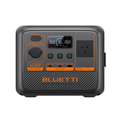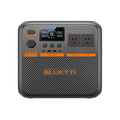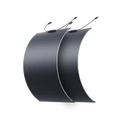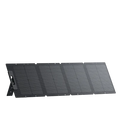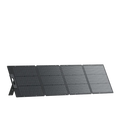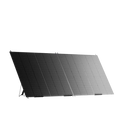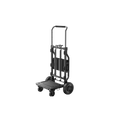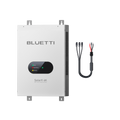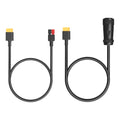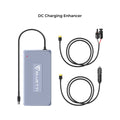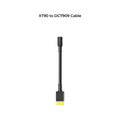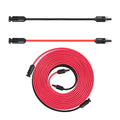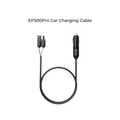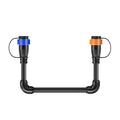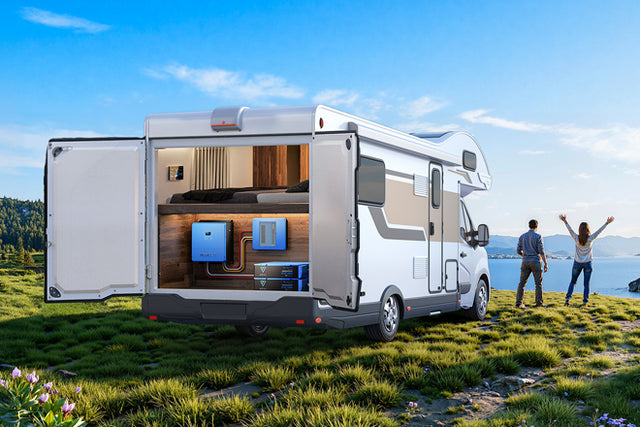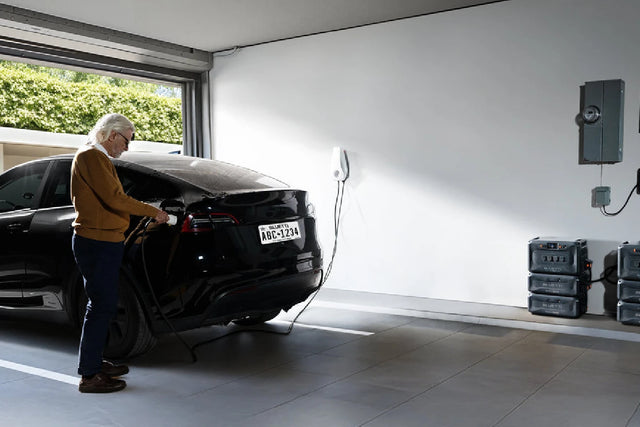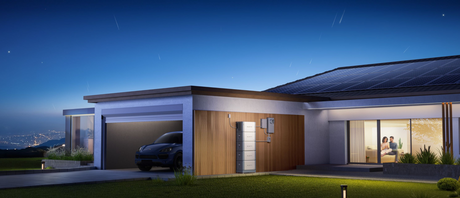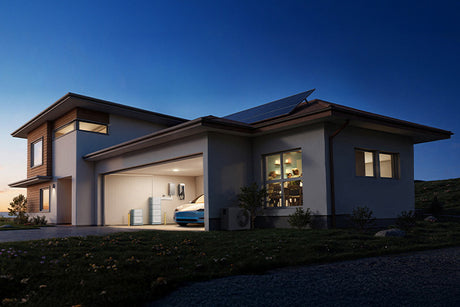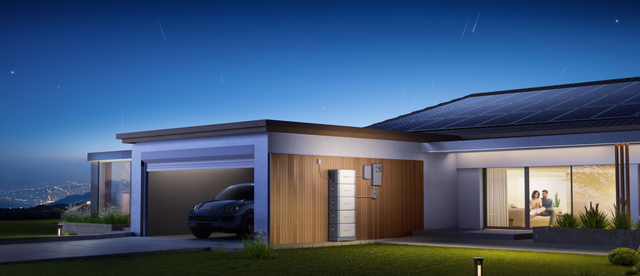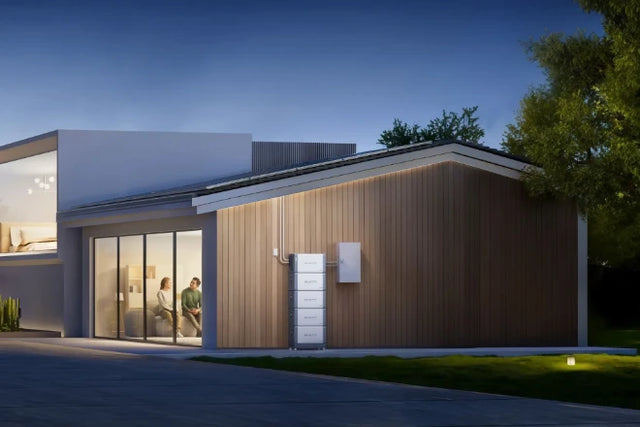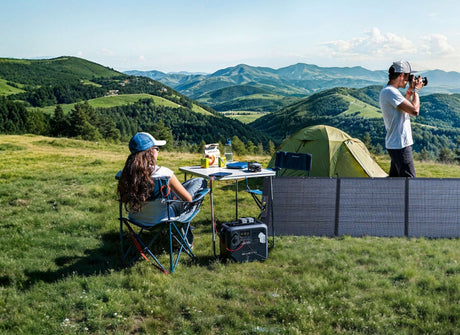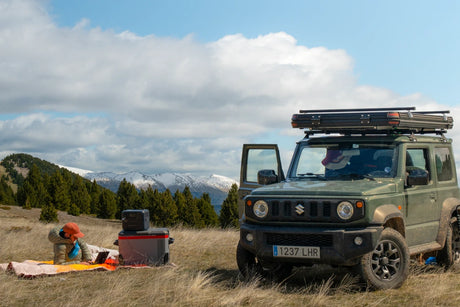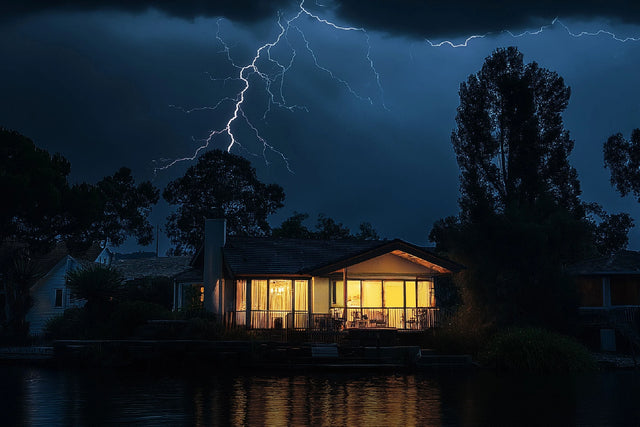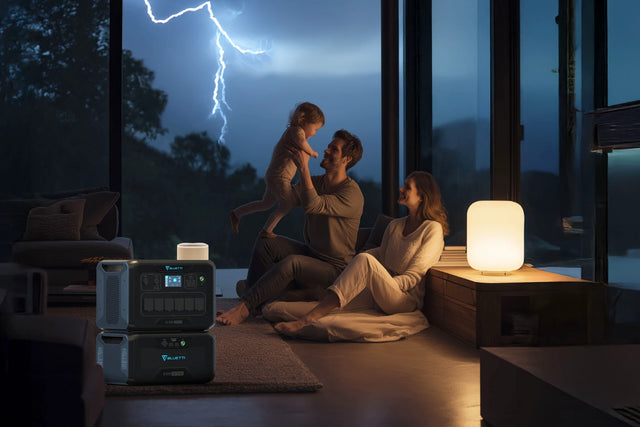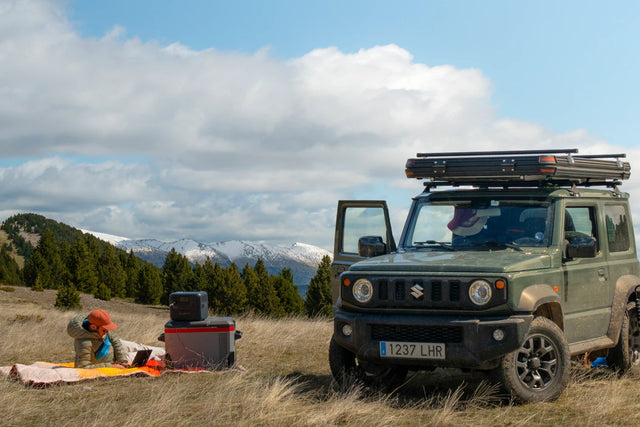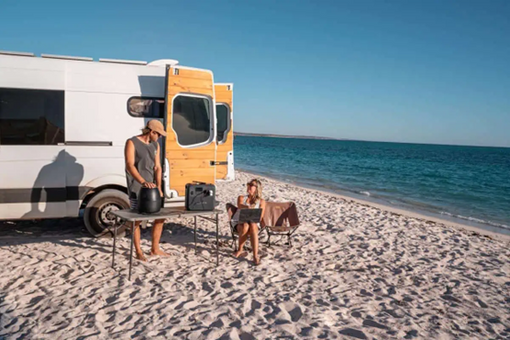In Australia, winter is characterized by cold days and little sun rays. Most homeowners fear that their solar panels in winter would not perform well. But this is the fact you must now know. The response to the question: do solar panels work in winter? is yes, and they do quite well. The panels that you have actually like cold weather when it comes to the solar energy. In addition, winter solar performance tends to astonish the majority of people. Low temperatures increase the solar panel performance more than heat.
Basics of Solar Power in Australian Winters
You would want to know how your panels perform in winter to be able to plan better. The technology of solar energy may shock you.
How Solar Panels Turn Light Into Power
There is no heat required to run solar panels. Instead, they make use of light energy. This fact alters all the aspects of winter power.
Photovoltaic cells are special cells that are located in your panels. Such cells intercept photons reflected by the sunlight. The electrons within the cells are knocked off by the these photons. This motion generates household electricity.
The current panel performance is actually influenced by temperature. Lower temperatures assist panels in running with ease. Panels lose power when exposed to heat.
Cold Weather Helps Voltage Output
This is what the majority has not been aware of about winter. Low temperatures do in fact enhance the panel's electrical output a little. The colder the cells work the better they perform.
Tests have shown that solar panels perform well at 25 degrees Celsius. This is the ideal temperature that Australian winters can hardly fall below. On cold days, your panels are maximally powered.
Every increase in temperature above 25 degrees Celsius decreases panel power output. The winter cold works the opposite to achieve better results. Bonus power is granted to you by the cool weather.
Winter Energy Production by Region
The amount of production between the cities of Australia varies in winter months. The place is very important to your solar output. Now let us see what you expect.
| City | Daily Winter kWh | % of Summer | Best Angle |
| Sydney | 3.2-3.8 kWh | 60-65% | 34° |
| Melbourne | 2.8-3.5 kWh | 55-60% | 38° |
| Brisbane | 3.8-4.2 kWh | 65-70% | 27° |
| Adelaide | 3.0-3.6 kWh | 58-63% | 35° |
| Perth | 3.5-4.0 kWh | 62-67% | 32° |
| Hobart | 2.5-3.2 kWh | 50-55% | 43° |
An average system in Melbourne is 6.6kW and produces 15-20kWh a day. The same system increases to 21-24kWh in summer production. That is sufficient power in most houses.
Brisbane homeowners are better with winter output as compared to the southern states. In cold months, the sun remains higher to the north. Place matters a lot in this case.
Using Online Tools for Personal Forecasts
Free software is used to determine how much you will produce in winter. These are calculators that apply your roof information and location. You receive the correct figures to use in planning your energy consumption.
The PVWatts Calculator is effective with Australian households. Results are based on entering your address and the size of your system. It displays estimates of power production on a month-to-month basis.
Another point of interest would be the superior prediction tools provided by Solar Choice. Their calculator has effects of shading and panel angle. You observe lifelike figures set on actual weather conditions.
These calculators assist you to plan battery storage. Have a definite idea of the amount of power to anticipate on a daily basis. They are an hassle-free way to make smart decisions on your energy future now.
Challenges and Things That Affect Your Panels
There are a number of factors in winter that influence your solar output. These will assist you in getting ready and changing your system. Let us see what affects your panels in cold seasons.
Fewer Sunlight Hours Lower Production
The daylight hours in AU have become significantly shorter in winter. June is the month with the fewest days in a year. Your panels do not have as much time to get sunlight.
The winter in Sydney has approximately 10 hours of daylight. The sunshine is almost 14 hours long during summer. It is 4 hours less production time per day.
Even shorter winter days are experienced in Melbourne than in Sydney. On the overall, Hobart experiences the largest drop in daylight. The cities in the North maintain longer days during winter.
The number of daylight hours is less important than the amount of peak sun hours. These are the time of year when the sun power is optimal. The number of sun hours in winter decreases by 35-50 percent on average.
Cloud Cover Cuts Energy Capture
The clouds of winter do not allow the direct sun rays to reach your panels. On cloudy days, ten to twenty five percent of clear day production is made. There is still some power being made in your system.
Scattered light can be used by panels during the cloudy days. The collectors can capture the dispersed photons originating via the cloud-layers. During overcast, production decreases, although not to zero.
The number of winter clouds is usually higher in coastal regions. Instead, inland areas have more clear winter skies. The place you are at dictates the impact of clouds on you.
It is true that rain is good at getting dirt off your panels. When the sun late returns, cleaner panels perform very well. Think of rain as a zero-cost panel cleaning service.
Snow Risks Are Small in Australia
Snow is never seen in most of the Australian cities. Regular snowfall only accumulates in the mountain areas and Tasmania. Snow problem may not ever bother your panels.
Panel surfaces can be fully covered by heavy snow though. Carefully remove snow should it accumulate there. Do not use hard scrapers, use a soft broom.
Generally, snow slides off tilted panels with zero hassle. The steep angles also aid in the self-clearance of the snow. The only thing that is significant is the positioning of panels in snowy mountain areas.
| Factor | Impact | Example | Fix |
| Shorter Days | 35-50% less | Melbourne: 10 vs 14 hours | Use power during day |
| Cloud Cover | 10-25% output | Sydney: 45% cloudier | Add battery |
| Panel Angle | Up to 15% loss | Wrong tilt | Adjust tilt |
| Dirt | 5-15% less | Dusty areas | Clean quarterly |
Panel Setup Affects Winter Performance
The direction and angle of your panel are important all year round. In Australia, the North-facing panels are always better. Eastern or western standings cut down production a bit.
Your tilt angle should be equal to your latitude. The 10-15 degree steeper than normal tilt is in favour of winter. This captures low sun angles better.
It is easy to change seasonal angles of some panels. Tilt twice every six months to produce the best output. Autumn and spring are the best seasons to make changes.
Shade From Winter Trees
Leafless trees contribute to winter naturally. This in fact enhances access to the sun in cold months. Panels may receive more sun in the winter.
Nevertheless, longer shadows are formed by the low position of the sun. During winter, buildings and trees cast shadows further. In winter, there is much more morning and afternoon shading.
Watch your roof in June. This indicates worst-case shading of your location. Positioning of plan panels is crucial to eliminate trouble/problem areas.
Panel yields are significantly decreased by even small shadows. A single shaded cell influences the performance of the entire panel. Shadows on panels should be avoided at all times.
Updating Older Systems for Better Winter Capture
Simple upgrades can be given to older solar systems. The new inverters take better advantage of the low light. Microinverters are particularly effective in shaded cases.
Optimizers are added to existing panels to increase winter output. These devices are installed on each panel working independently. The shading of one panel will not have any impact on the others.
Additional panels to the unshaded areas of roofs should be considered. The compensation of shorter days in winter is well made up with extra capacity. Determine the increased number of panels your roof can support.
Replacement by high-efficiency panels is helpful, as well. The contemporary panels can absorb 20-23 percent of the sun rays as electricity. Old/aged panels may achieve only 15-18 percent efficiency.
Ways to Boost Winter Efficiency
The wise ideas will enable you to achieve the best winter solar output. Minute adjustments result in huge variations in your energy production. And the most appropriate ways of increasing performance are as follows:

Adjust Your Energy Use Patterns
Use heavy appliances only during the sunny days. This equals up solar energy production. You make use of power when it is being made.
The highest peak of winter sun is between 10am and 2pm. These are the time periods when dish washers and washing machines work well. Your dry cleaner must operate in the afternoon, early.
Warm water during the day with the use of the sun. Overall, hot water systems consume a lot of energy. Your solar gives the most to daytime heating.
Postpone the use of unnecessary appliances until sunny days. Check weather prognoses and then operate heavy loads. Tasks that consume energy should be performed when there is clear weather.
Adding Lithium Battery Storage Solutions
Battery storage transforms winter solar usage. Additional power is added during the day to charge batteries to use at night. Good storage is a great way to reduce grid commitment.
Lithium batteries can survive daily cycling as compared to lead-acid. They can service up to 10-15 years. Initial investment is compensated by savings on energy.
Be sure to scale your battery to winter production levels. A 10kWh battery is appropriate to most Australian households. Instead, bigger homes may require 13-15kWh capacity.
Batteries also act as backup during the outages in the grid. When there is a black out, keep necessary appliances on. This is something to enjoy a lot of peace all year round.
BLUETTI Apex 300 for Solar Storage
The BLUETTI Apex 300 stands out for offering top-notch solar integration. This power unit of 2,764.8Wh can easily process 3,840W of output power. It is ideal in storing your winter solar generation.

Key properties for winter solar utilization include:
- Recharged from the rooftop solar panels.
- Switchover with 20ms prevents power interruptions.
- Scales to 58kWh using additional battery packs.
- Works in temperatures between -20 degrees Celsius and 40 degrees Celsius.
- Supports solarX 4K connection for ultra-fast charging by solar energy.
The Apex 300 will take up to 2,400W of solar input. This recharges the unit to 100% in a matter of hours. No more waste of your winter solar.
LiFePO4 battery technology has a life span of 17 years when used regularly. It is more than the warranty of most solar panels. Your investment secures you over the next decades.
The smart app monitoring displays the precise amount of storage. You can monitor your winter solar generation in real-time without problems. Thus, you can enhance your usage by using real data.
BLUETTI SolarX 4K Solar Charge Controller
The SolarX 4K is a game-changer in terms of capturing winter solar. The controller is capable of handling an input of 150-500 V from those rooftop arrays. It transforms high voltage to safe recharging power.
You may connect your already existing solar panels directly. The SolarX 4K is capable of handling up to 4,000W input. This implies extremely quick charging of your batteries.
Several units of solarX 4K can size up to 19.2kW. Thus, you can energize your whole house by using solar power during winter. Serious off-grid capability is fully provided by three units.
AC coupling is compatible with your existing solar system. No requirement of completely rewiring your current system. Just upgrade to the SolarX 4K for improved storage.
The MPPT technology of the controller receives the highest power capture. You get all the watts you can get out of your panels. Therefore, the low amount of sunlight during winter is fully utilized.
Regular Cleaning and Inspection Routines
Dirty panels have 5-15 per cent less power output than clean panels. Light capture is decreased by dust, bird droppings and pollen. The season of winter is the perfect moment of cleaning.
Clean those panels after every 3 months during the winter period. Only plain water and soft brush are to be used. Use of harsh chemicals which may destroy panel coatings should be avoided.
Look for physical damages on a case-to-case cleaning basis. Search cracks, loose connections, or spots of color. The earlier the problem is identified, the better.
Don't forget examining the mounting hardware for issues like looseness and rust. The winter storms may shake the panels and loosen bolts. Check and tighten before those major weather cases come.
Smart Inverters for Auto Load Shifting
The current smart inverters are able to optimize power consumption automatically. They feed priority appliances with the solar power first. This maximize the electricity generated.
The smart inverters will get to know how you use the power. They know which times most frequently you will be in need of power. The system varies battery charging on a daily basis.
Load shifting lowers the power consumption in the grids during peak periods. You save massively on the costly evening electric rates. Generally, the solar ensures you don't dig deep into your pockets anymore.
Other inverters communicate with smart home systems also. They communicate with your water heater to know when there is surplus solar. The appliances are automatically operated when the solar generation is at its best.
Money Matters and Incentive Programs
Knowledge of the finances of winter solar is very valuable. We will now consider saving, payback time, and the offered assistance.

Bill Savings You Can Expect in 2025
You end up saving money on solar panels every month throughout the winter. In fact, you're making free electricity even at lower output. The grid power expenses are currently on the increase each year.
The average Australian households are saving between 300 and 600 during winter. Longer days will increase summer savings by $500-900. Typical systems may result in annual savings of more than 3,000.
Feed-in tariffs will give you credits on additional power. Winter may not make up excess but spring does. Those credits cover increased winter grid utilization very well.
Solar owners are the greatest beneficiaries of time-of-use tariffs. Your panels generate power in costly peak rate periods. You automatically save the highest electricity costs on a daily basis.
Payback Periods for 2025 Systems
The payback time of the solar system in Australia is currently 4-7 years on average. The cost has fallen and the price of electricity continues to increase. The mathematics is better than ever.
An average 6.6kW system sells between $4,500 and 7 000 post-rebate. Savings of between 1,200 and 1,800 are widespread in Australia on yearly basis. The average time to break even is 4-6 years.
Your solar gives free power of 15- 20 years after payback. With proper maintenance, modern panels will last 25-30 years. Those are decades of pure savings to you.
Addition of batteries increases the payback by 3-5 years on average. Nevertheless, this additional time is worth it because of energy security advantages. You are not subject to blackouts and price surges.
State Rebates and Export Credits
| State | Rebate Amount | Who Qualifies | 2025 Updates |
| Victoria | Up to $1,400 | Income under $210,000 | Extended to 2026 |
| NSW | $1,400-$2,400 | Regional areas | More regional focus |
| Queensland | Interest-free loans | Varies by location | New battery incentives |
| South Australia | $3,000 subsidy | Concession card holders | Same as 2024 |
| Western Australia | $2,500 rebate | Regional WA only | Bigger coverage |
See your state energy web site on existing programs. Rebates vary every year and usually contain wait lists. Get early applications to get government support.
The level of export tariffs among the electricity retailers is quite different today. Compare the best rates of feed-in. Other retailers are paying 8-12 cents per kWh exported.
Federal Hydrogen-Linked Solar Grants
New federal initiatives relate solar to hydrogen generation. It is mainly at this moment that these grants subsidize larger home systems. Determine whether you are eligible to these new schemes.
Hydrogen grants prefer systems of more than 10kW in power. Due priority is presently considered to the rural areas and the regional areas. Urban homeowners are allowed to apply but they are competing.
Applications involve elaborate energy plans and projections into the future. Applications can be prepared correctly with the help of professional solar companies. The additional documentation may help in the thousands.
The purpose of these programs is to help in supporting the hydrogen economy of Australia. Electricity produced through the sun separates water into hydrogen gas. Your excess power is useful in developing energy infrastructure for the future.
Testing Maintenance and Long-Term Success
Constant monitoring maintains your system in top performance. Let's see how to verify that everything is working out?

DIY Checks for Poor Performance
Your inverter display should allow you to monitor your daily production. Compare the present output against the data of previous years. Sudden drops present possibilities of issues emerging.
Examine production on sunny winter days. Then your system should generate foreseeable quantities. Reduced production should be investigated as soon as possible.
Check error codes/ warning lights daily. Your inverter display displays system health status at any time. Red lights or errors require the attention of professionals as soon as possible.
Make a comparison between your bills and your records of solar production. Large bills even when production is good indicate problems with meters. Call your retailer in case of mismatch of numbers.
Professional Energy Audits
Issues are always picked at an early stage through annual professional inspections. Technicians check the electrical connections and performance of panels and other electrical units. Minor problems that are repaired today save big costs that would otherwise arise in the future.
Thermal imaging indicates hot spots on panels without hassle. These indicate dead cells or connection issues in an oblique manner. Infrared cameras reveal what the eyes cannot see.
Electrical testing ensures that your system works safely in general. Even loose connections are a source of fire hazards in the long run. Professional checks make sure nothing is left insecure and unsafe.
Performance reports will compare your performance with the expectations. Technicians can detect poorly performing panels or inverter problems in short time. You get to know the actual performance of your system.
Future Changes with Hybrid Systems
Hybrid systems utilize solar power, battery power and grid power. You have the goodness of all three sources. This generates complete year-round reliability of energy.
Add batteries to the existing solar later where necessary. Begin with panels, upgrade to batteries as they become cheap. Hybrid systems expand as your needs and budgets increase.
The hybrid system owners will be rewarded with future smart grids. You are able to sell stored power when the demand is at a high. In the future, the battery will potentially become your profit center .
Solar will soon be incorporated in vehicle-to-home technology. Your electric vehicle will be a portable battery backup. You will charge from solar with less hassle and power your property whenever you need.
Environmental Benefits for Net-Zero Goals
Solar energy will shrink your carbon footprint by far. Every kWh of solar will save 0.85kg of emissions related to CO2. Typical homes could save more than 4 tonnes every year.
The significant household emissions are formed now by winter heating. Instead, solar-powered heat pumps operate using clean energy. This is the way you get rid of fossil fuel heating.
Australia has official goals of net-zero emissions by 2050. Home solar is important in achieving this. Your panels also make a contribution to national climate.
Clean energy enhances the air quality of the locals. Fewer coal generation translates to fewer air pollution in the general sense. Solar gives health benefits to the entire community.
FAQs
- Are solar panels effective during winter in Australia?
Yes, the solar panels perform well in winter in all regions of Australia. They have an average of 50-70% of the summer production. The panel efficiency does increase in cold weather.
- What is the amount of power generated by solar panels during winter?
In Melbourne during wintertime a 6.6kW system will generate 15-20kWh of energy per day. During cold months, Brisbane systems generate 20-25kWh. Production is subject to geographical and climatic conditions.
- Should solar panels receive the direct sunlight during winter?
Panels utilize either direct or indirect sunlight at all times. On cloudy days, there is a production of 10-25% of clear days output.
- Are solar panels to be cleaned in winter?
Yes, clean panels after every 3 months. Bird droppings and winter dust lower the efficiency by 5-15%. Only use water and soft brush to clean.
- Are solar panels damaged when the weather is cold?
No, panels can withstand temperatures of -40 degrees Celsius to 85 degrees Celsius. There is no danger of the strength of panel in Australian winters. It is now actually found that cold advantages the electrical performance a little.
- Can solar pay during Australian winter?
Yes, yes, yes, big money is saved by winter solar. The lower winter output periods are much less than the benefits gained annually. Attractive pay-back periods are at 4-7 years.
- What can I do to make the most out of the winter solar?
Big appliances or high consuming ones should be used between 10am-2pm when the sun is peak. Clean panels and check on shading problems. Add battery storage to improve energy consumption.
- How large a battery do I require for winter solar?
A battery of 10kWh is generally appropriate in most homes. Base size on your winter output, in particular. Generally, larger houses may require 13-15kWh capacity.
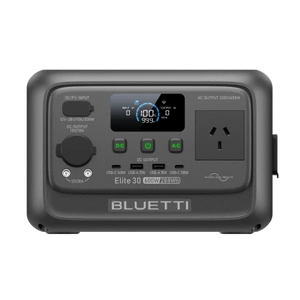
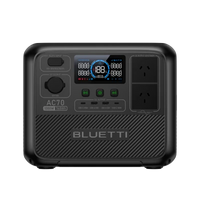





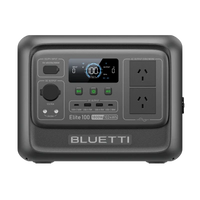
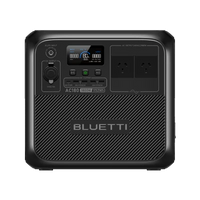

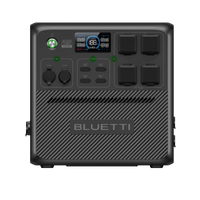
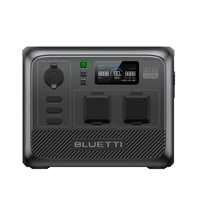
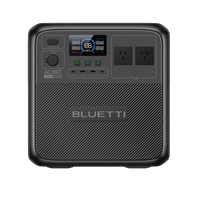





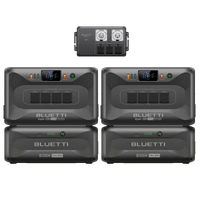
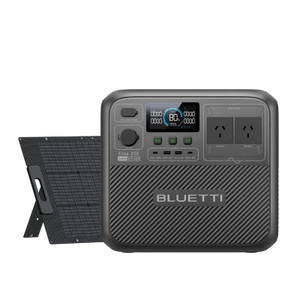
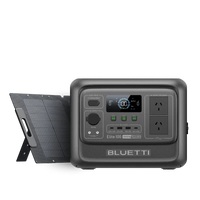


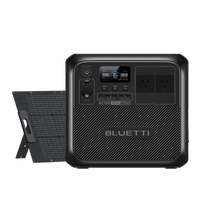
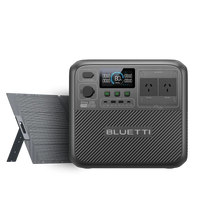
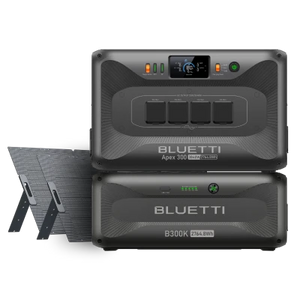
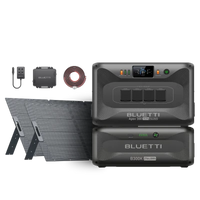
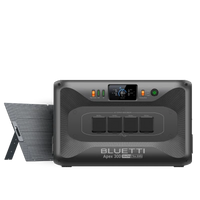

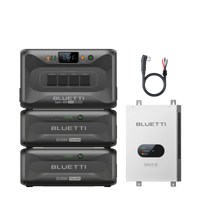
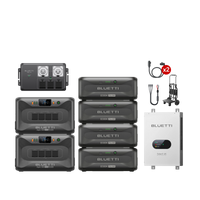

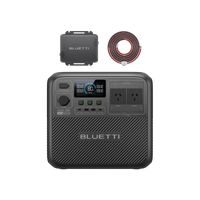
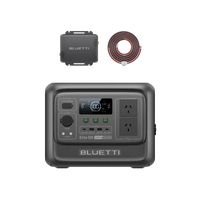

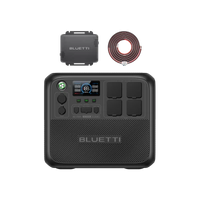
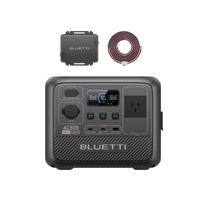
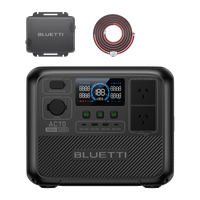


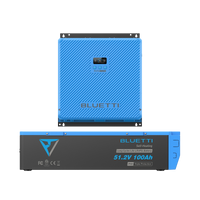
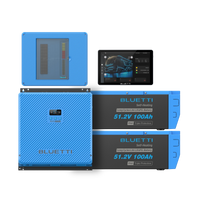
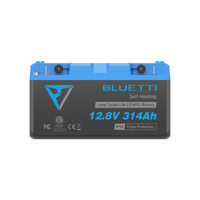
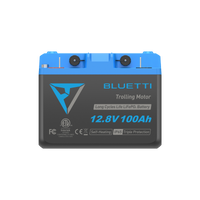

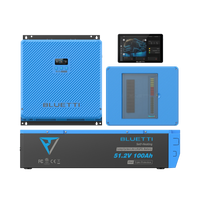




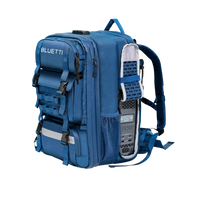
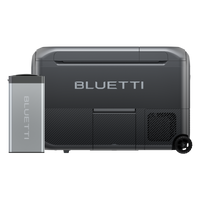
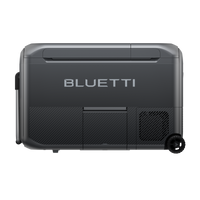
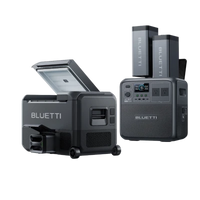


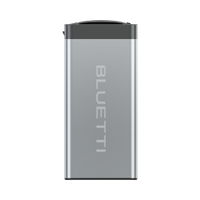




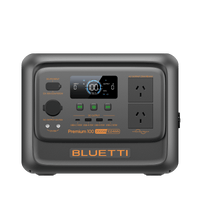
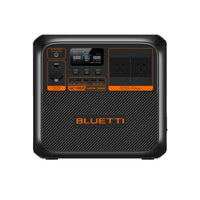

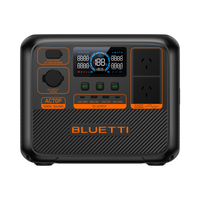
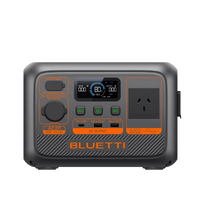
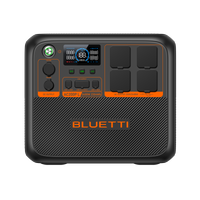
![[Phased Out] BLUETTI B80P Expansion Battery | 806Wh](http://www.bluettipower.com.au/cdn/shop/files/202310025B80P_2000-2000px_4_4caa0c1c-4dab-4272-9e9b-2b7507e5bd81.jpg?v=1713777870&width=200)
![[Phased Out] BLUETTI B210P Expansion Battery | 2,150Wh](http://www.bluettipower.com.au/cdn/shop/files/2_08cf9ef3-03a4-4489-b641-d3edb8094896.webp?v=1716016566&width=200)
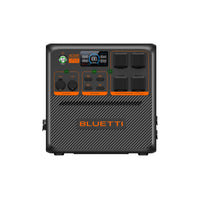
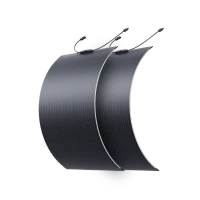
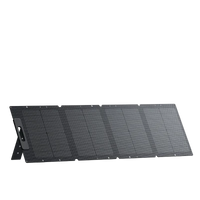
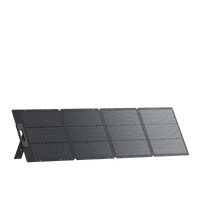
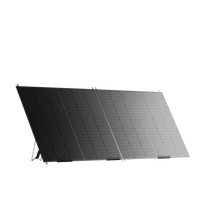

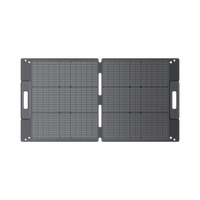

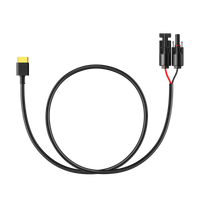
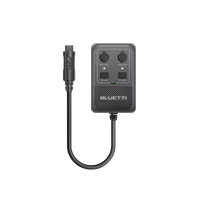

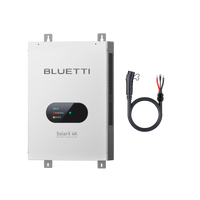
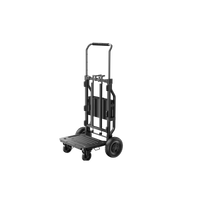

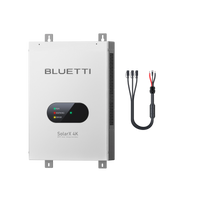
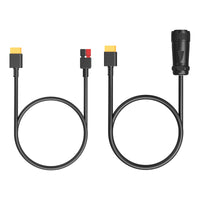
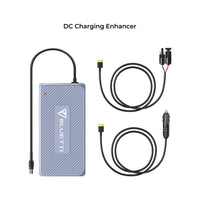


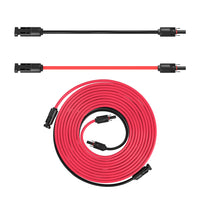
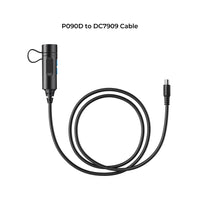


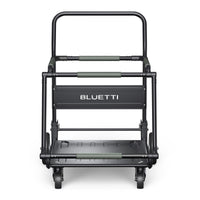
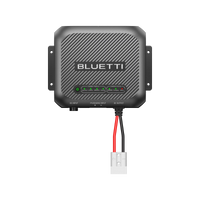
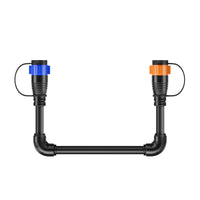


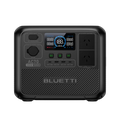
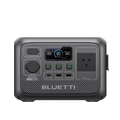
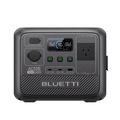





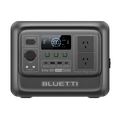

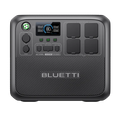
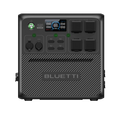




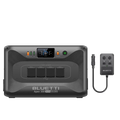


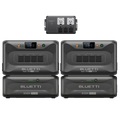


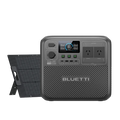
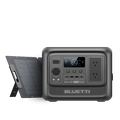

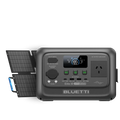

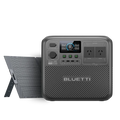
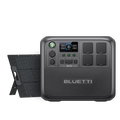
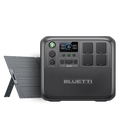




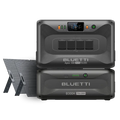


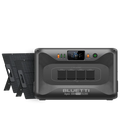

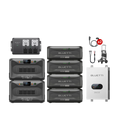


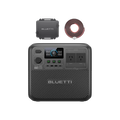
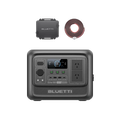


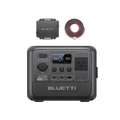
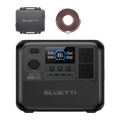

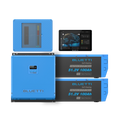


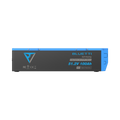
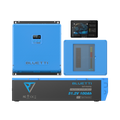



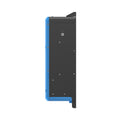


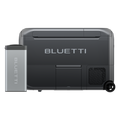
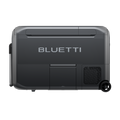


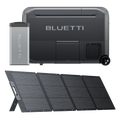
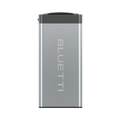
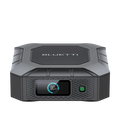
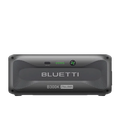
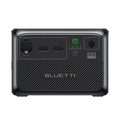
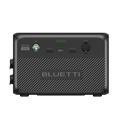
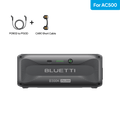
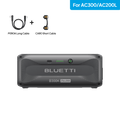

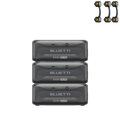






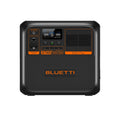

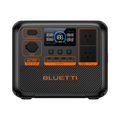


![[Phased Out] BLUETTI B80P Expansion Battery | 806Wh](http://www.bluettipower.com.au/cdn/shop/files/202310025B80P_2000-2000px_4_4caa0c1c-4dab-4272-9e9b-2b7507e5bd81.jpg?v=1713777870&width=120)
![[Phased Out] BLUETTI B210P Expansion Battery | 2,150Wh](http://www.bluettipower.com.au/cdn/shop/files/2_08cf9ef3-03a4-4489-b641-d3edb8094896.webp?v=1716016566&width=120)

